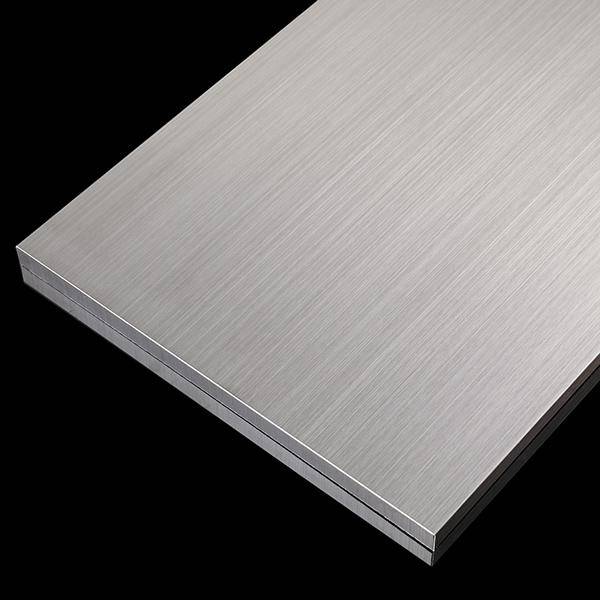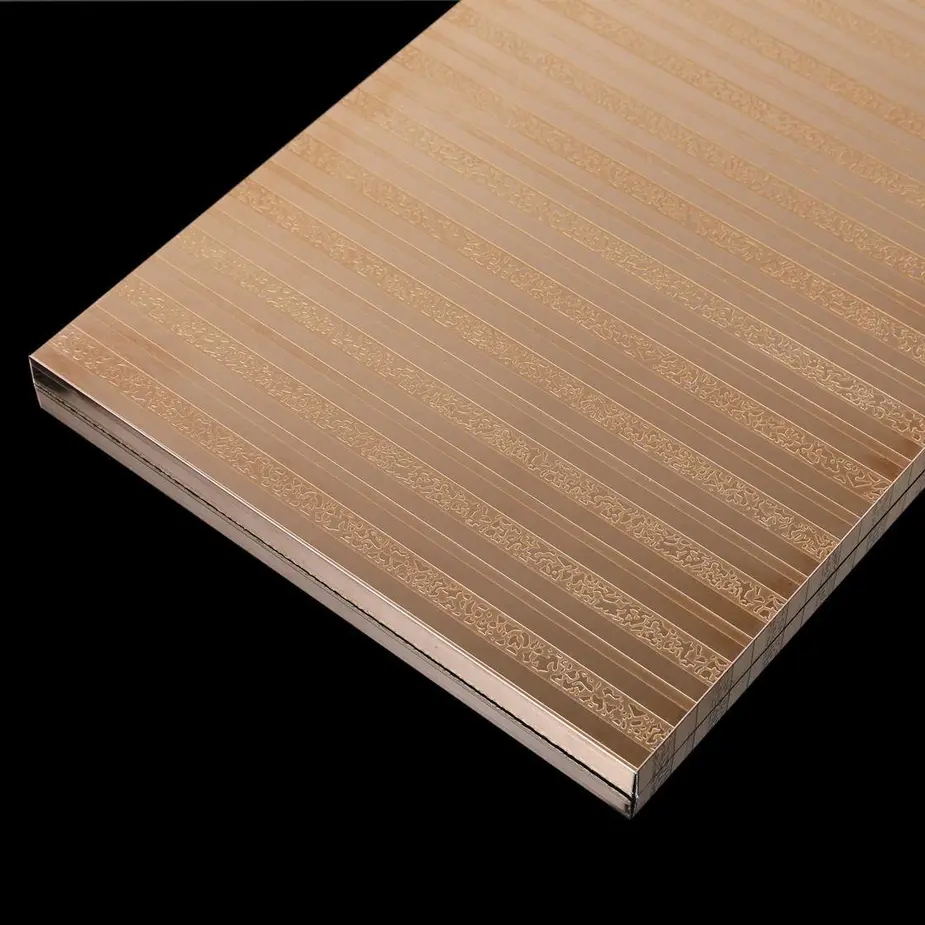In an era where cleanliness and aesthetics are paramount, the demand for innovative solutions in surface treatment has surged. One such advancement is the anti-fingerprint coating for stainless steel, a technology that not only enhances the appearance of surfaces but also simplifies maintenance. This article explores the benefits of anti-fingerprint coatings, their applications, and the technology behind them.
Understanding Anti-Fingerprint Coating
What is Anti-Fingerprint Coating?
Anti-fingerprint coating is a specialized treatment applied to stainless steel surfaces to prevent the adhesion of fingerprints and other contaminants. This coating is typically transparent and does not alter the appearance or texture of the stainless steel beneath it. The primary function is to create a barrier that repels oils and moisture, making it easier to clean and maintain the surface.
Origin and Development
The concept of anti-fingerprint coatings originated in Japan, where advancements in nanotechnology facilitated the development of effective treatments for stainless steel surfaces. These coatings utilize polymers such as acrylic or urethane to form a protective layer that enhances both aesthetic appeal and durability.
Benefits of Anti-Fingerprint Coating
Enhanced Aesthetics
One of the most significant advantages of anti-fingerprint coatings is their ability to maintain the pristine appearance of stainless steel. In high-traffic areas like elevators, handrails, and kitchen appliances, surfaces are prone to unsightly fingerprints and smudges. The application of an anti-fingerprint coating minimizes these issues, ensuring that surfaces remain visually appealing over time.
Reduced Maintenance Efforts
With traditional stainless steel surfaces, cleaning can be a labor-intensive process. Anti-fingerprint coatings simplify maintenance by allowing for easy removal of dirt and grime. Most surfaces treated with these coatings can be cleaned using just a soft microfiber cloth, reducing the need for harsh chemicals or extensive scrubbing.

Anti-Fingerprint Coating For Stainless Steel
Increased Durability
Anti-fingerprint coatings not only improve cleanliness but also enhance the durability of stainless steel surfaces. The coatings provide a protective barrier against moisture and oxygen, which can lead to corrosion over time. This added layer of protection extends the lifespan of stainless steel products, making them more cost-effective in the long run.
Versatility in Application
These coatings can be applied to various types of stainless steel finishes, including brushed, mirror, and embossed surfaces. This versatility makes them suitable for a wide range of applications in both residential and commercial settings. Whether it’s kitchen appliances or architectural elements in public spaces, anti-fingerprint coatings can be customized to meet specific aesthetic requirements.
Applications of Anti-Fingerprint Coating
Residential Use
In residential settings, anti-fingerprint coatings are increasingly popular for kitchen appliances such as refrigerators, ovens, and dishwashers. Homeowners appreciate the ease of cleaning these surfaces without compromising their sleek appearance. Additionally, countertops made from stainless steel benefit from this technology by remaining free from unsightly marks.
Commercial Use
In commercial environments like restaurants, hotels, and office buildings, maintaining cleanliness is crucial for both hygiene and customer satisfaction. Anti-fingerprint coatings are ideal for high-touch areas such as elevator panels, handrails, and food service equipment. By reducing visible fingerprints and facilitating easier cleaning, these coatings contribute to a more professional appearance.
Industrial Applications
Beyond aesthetics, anti-fingerprint coatings are valuable in industrial settings where stainless steel is commonly used in machinery and equipment. The enhanced corrosion resistance provided by these coatings ensures that equipment remains operational longer while minimizing maintenance costs associated with rust and wear.

Anti-Fingerprint Stainless Steel Sheet Wholesalers
Technology Behind Anti-Fingerprint Coatings
Nanotechnology in Coatings
The effectiveness of anti-fingerprint coatings lies in their nanotechnology-based formulation. These coatings consist of microscopic particles that create a smooth surface on the stainless steel. This smoothness reduces the surface area available for contaminants to adhere to, thus preventing fingerprints from forming.
Application Process
The application process for anti-fingerprint coatings typically involves several steps:
-
Surface Preparation: The stainless steel surface must be thoroughly cleaned to remove any oils or contaminants.
-
Coating Application: The anti-fingerprint coating is then applied using methods such as spraying or dipping.
-
Curing: After application, the coating needs time to cure properly to ensure optimal adhesion and performance.
This meticulous process results in a durable finish that can withstand daily wear while maintaining its protective properties.
Challenges and Considerations
Cost Implications
While anti-fingerprint coatings provide numerous benefits, they may come at a higher initial cost compared to untreated stainless steel surfaces. However, considering their long-term advantages in terms of reduced maintenance and extended lifespan, many businesses find them to be a worthwhile investment.

Anti-Fingerpring Stainlee Steel Sheets
Environmental Impact
As with any chemical treatment, there are environmental considerations associated with the production and application of anti-fingerprint coatings. It is essential for manufacturers to adopt sustainable practices during production to minimize ecological footprints.
Conclusion
The introduction of anti-fingerprint coatings represents a significant advancement in maintaining cleanliness and aesthetics in various applications involving stainless steel. With benefits ranging from enhanced durability to reduced maintenance efforts, these coatings are transforming how we interact with stainless steel surfaces in both residential and commercial environments.
As technology continues to evolve, we can expect even more innovative solutions that further improve our ability to keep surfaces clean while preserving their visual appeal. Embracing these advancements not only enhances our environment but also contributes positively to sustainability efforts by extending product lifespans and reducing waste associated with frequent replacements.
In summary, anti-fingerprint coatings are revolutionizing cleanliness by providing practical solutions that meet modern demands for hygiene and aesthetics across multiple industries.


